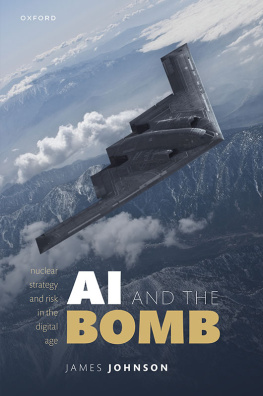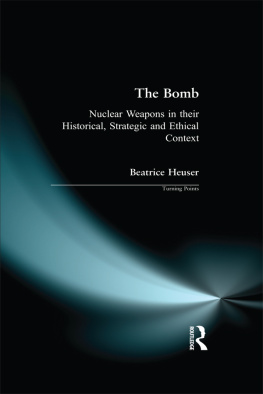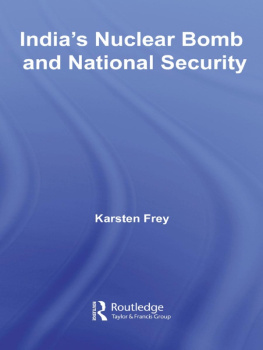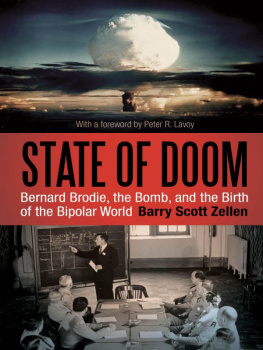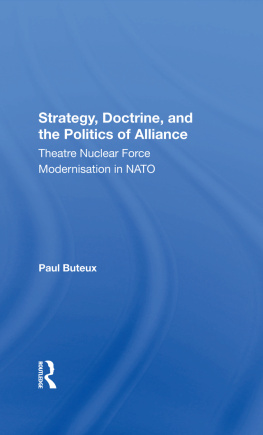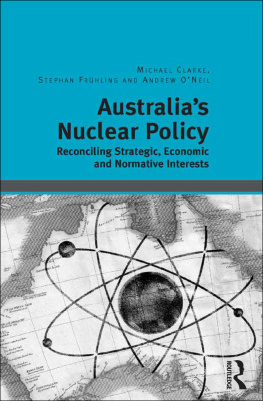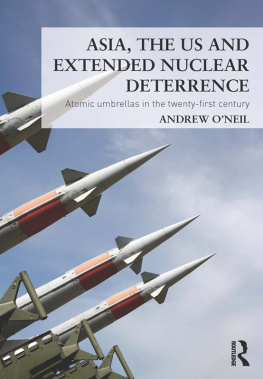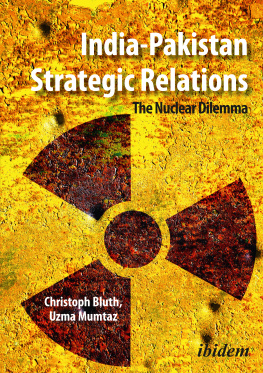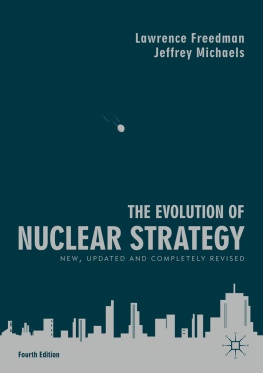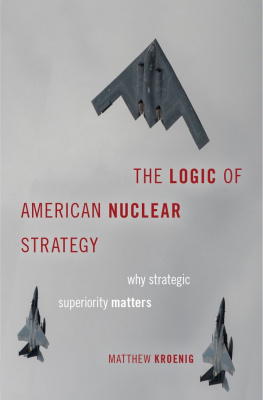

Great Clarendon Street, Oxford, ox2 6dp,
United Kingdom
Oxford University Press is a department of the University of Oxford. It furthers the Universitys objective of excellence in research, scholarship, and education by publishing worldwide. Oxford is a registered trade mark of Oxford University Press in the UK and in certain other countries
James Johnson 2023
The moral rights of the author have been asserted
Impression: 1
All rights reserved. No part of this publication may be reproduced, stored in a retrieval system, or transmitted, in any form or by any means, without the prior permission in writing of Oxford University Press, or as expressly permitted by law, by licence or under terms agreed with the appropriate reprographics rights organization. Enquiries concerning reproduction outside the scope of the above should be sent to the Rights Department, Oxford University Press, at the address above
You must not circulate this work in any other form
and you must impose this same condition on any acquirer
Published in the United States of America by Oxford University Press
198 Madison Avenue, New York, NY 10016, United States of America
British Library Cataloguing in Publication Data
Data available
Library of Congress Control Number: 2022948348
ISBN 9780192858184
DOI: 10.1093/oso/9780192858184.001.0001
Printed and bound by
CPI Group (UK) Ltd, Croydon, CR0 4YY
Links to third party websites are provided by Oxford in good faith and for information only. Oxford disclaims any responsibility for the materials contained in any third party website referenced in this work.
Acknowledgments
I have incurred many debts in writing this book, which I cannot possibly repay. What I can do, however, is acknowledge them and express my sincere thanks. Many colleagues read, commented, and in various ways contributed to the book at its various stages. I am especially grateful to James Acton, John Amble, Greg Austin, John Borrie, Lyndon Burford, Jeffrey Cummings, Jeffrey Ding, Mona Dreicer, Sam Dunin, Andrew Futter, Erik Gartzke, Andrea Gilli, Rose Gottemoeller, Rebecca Hersman, Michael Horowitz, Patrick Howell, Keir Lieber, Jon Lindsay, Giacomo Persi Paoli, Kenneth Payne, Tom Plant, Daryl Press, Bill Potter, Benoit Pelopidas, Adam Quinn, Andrew Reddy, Brad Roberts, Mick Ryan, Daniel Salisbury, John Shanahan, Michael Smith, Wes Spain, Reuben Steff, Oliver Turner, Chris Twomey, Tristen Volpe, Tom Young, and Benjamin Zala. The book greatly benefits from their comments and criticisms on the draft manuscript and separate papers from which the book draws. My appreciation also goes to the many experts who challenged my ideas and sharpened my arguments on the presentations I have given at various international forums during the development of this book.
I have also enjoyed the generous support of several institutions that I would like to acknowledge, including: the James Martin Center for Non-Proliferation Studies; the Project on Nuclear Issues at the Center for Strategic and International Studies and the Royal United Services Institute; the Modern War Institute at West Point; the Vienna Center for Disarmament and Non-Proliferation; the Center for Global Security Research at Lawrence Livermore Laboratory; the US Naval War College, the UK Deterrence & Assurance Academic Alliance; the International Institute for Strategic Studies, and the Towards a Third Nuclear Age Project at the University of Leicester. I would also like to express my thanks for the encouragement, friendship, and support of my colleagues in the Department of Politics and International Relations at the University of Aberdeen.
My appreciation also to the excellent team at Oxford University Press for their professionality, guidance, and support. Not to mention the anonymous reviewers, whose comments and suggestions kept me honest and improved the book in many ways. Finally, thanks to my amazing wife, Cindy, for her unstinting support, patience, love, and encouragement. This book is dedicated to her.
Contents
List of figures and tables
Figures
Table
List of abbreviations
A2/AD | anti-access and area denial |
AGI | artificial general intelligence |
APT | advanced persistent threat |
ASAT | anti-satellite weapons |
ATR | automatic target recognition |
C2 | command and control |
C3I | command, control, communications, and intelligence |
DARPA | Defense Advanced Research Projects Agency (US DoD) |
DL | deep learning |
DoD | Department of Defense (United States) |
GANs | generative adversarial networks |
ICBM | intercontinental ballistic missile |
ISR | intelligence, surveillance, and reconnaissance |
LAWS | lethal autonomous weapon systems |
MIRV | multiple independent targetable re-entry vehicles |
ML | machine learning |
NC3 | nuclear command, control, and communications |
NPT | Non-Proliferation Treaty |
PLA | Peoples Liberation Army |
R&D | Research and Development |
RMA | revolution in military affairs |
SSBN | nuclear-powered ballistic missile submarine |
UAVs | unmanned aerial vehicles |
UNIDIR | United Nations Institute for Disarmament Research |
UUVs | unmanned underwater vehicles |
USVs | unmanned surface vehicles |
Introduction
Artificial intelligence and nuclear weapons
On the morning of December 12, 2025, political leaders in Beijing and Washington authorized a nuclear exchange in the Taiwan Straits. In the immediate aftermath of the deadly confrontationwhich lasted only a matter of hours, killing millions and injuring many moreleaders on both sides were dumbfounded about what caused the flash war.
In an election dominated by the islands volatile relations with Communist China in 2024, President Tsai Ing-wenin another major snub to Beijingpulled off a sweeping victory, securing her third term for the pro-independence Democrats. As the mid-2020s dawned, tensions across the Straits continued to sour, as both sidesheld hostage to hardline politicians and hawkish military generalsmaintained uncompromising positions, jettisoning diplomatic gestures and inflamed by escalatory rhetoric, fake news, and campaigns of mis/disinformation. At the same time, both China and the US deployed artificial intelligence (AI) technology to support battlefield awareness, intelligence, surveillance, and reconnaissance (ISR), and early-warning and other decision-support tools to predict and suggest tactical responses to enemy actions in real-time.
By late 2025, the rapid improvements in the fidelity, speed, and predictive capabilities of commercially produced dual-use AI applications
Next page
